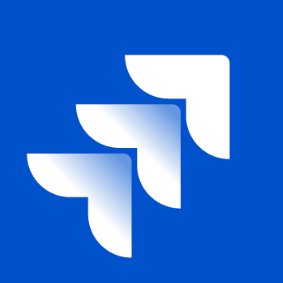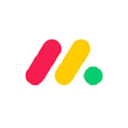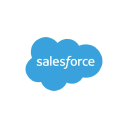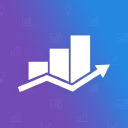Creating A Platform For Digitizing Classroom Activities And Making $900K/Year
Note: This business is no longer running. It was started in 2020 and ended in 2025. Reason for closure: Acquired: TeacherMade.com is now known as classwork.com.
Hello! Who are you and what business did you start?
I’m Laura Bresko, an edtech entrepreneur for the past 25 years. I’ve had several successful companies during that time. My partner and I sold/exited our last edtech company in late 2017.
We currently develop and market TeacherMade.com. It’s a SaaS platform for Teachers and schools to use when students need to practice what they’ve learned. Since most of those practice activities were once done with paper and pencil, TeacherMade helps educators turn their materials into digital interactives.
Students prefer to do their homework, classroom handouts, practice, etc. on TeacherMade because they get instant feedback on how well they scored. Educators love it because the app auto-grades student work and makes giving timely feedback to students a reality. Though we are still in the early days, TeacherMade is a fast-growing addition to the classroom.

Download the report and join our email newsletter packed with business ideas and money-making opportunities, backed by real-life case studies.

Download the report and join our email newsletter packed with business ideas and money-making opportunities, backed by real-life case studies.

Download the report and join our email newsletter packed with business ideas and money-making opportunities, backed by real-life case studies.

Download the report and join our email newsletter packed with business ideas and money-making opportunities, backed by real-life case studies.

Download the report and join our email newsletter packed with business ideas and money-making opportunities, backed by real-life case studies.

Download the report and join our email newsletter packed with business ideas and money-making opportunities, backed by real-life case studies.

Download the report and join our email newsletter packed with business ideas and money-making opportunities, backed by real-life case studies.

Download the report and join our email newsletter packed with business ideas and money-making opportunities, backed by real-life case studies.






















